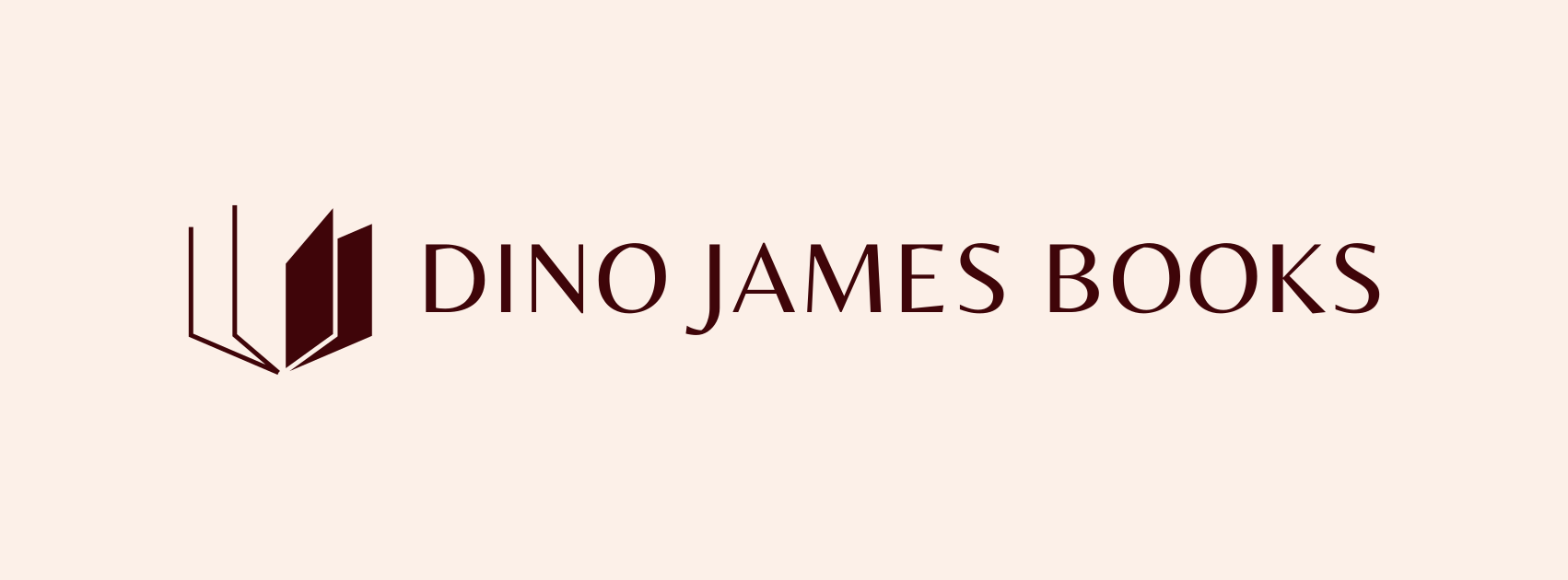One of the most radical teachings in A Course in Miracles is also one of its simplest: “I am not a body. I am free. For I am still as God created me.”
At first glance, this seems impossible to accept. After all, we feel like bodies. We eat, sleep, age, ache, heal. We dress our bodies, protect them, identify with them. The world reinforces the idea that we are our bodies—from the mirror to the medical charts, from social status to sexuality, from beauty standards to disease labels. It seems obvious: Of course I am a body. Just look at me.
But what the Course gently reveals is that this perception is not fact—it is a deeply ingrained belief. And like all beliefs, it can be questioned. It must be questioned if we are to know freedom.
The ego invests heavily in body identity. Because if we are bodies, we are separate. We have boundaries. We can be hurt. We can be sick. We can die. And in that fear, the ego thrives. It sells us the illusion of control—diet this way, exercise that way, look younger, act smarter, do more, be more, be better. And the promise is always the same: Then you’ll be enough.
But the Course offers another voice. A quiet one. A holy one. It says:
“The body is a learning device for the mind.”
Not your true identity. Not your worth. Not your self.
This is not a call to reject or neglect the body. It is a call to reframe it. To stop worshiping it or fearing it, and to begin using it for its true purpose: communication, forgiveness, healing.
When we identify with the body, we suffer. We feel trapped by its changes, its limitations, its needs. We dread aging. We dread pain. We dread death. But when we remember that we are not the body, our relationship with it softens. We care for it as a temporary vessel, not as a permanent definition.
I know this truth on a deeply personal level. After my own health challenges, after my voice changed and my body no longer behaved as it once did, I was forced to ask myself: Who am I now? If my body is changing—diminishing, in some ways—does that mean I am, too?
That question led me straight to the heart of this lesson.
No. I am not a body.
I am something far more enduring.
I am awareness. I am spirit. I am love.
And so are you.
You are not your diagnosis.
You are not your weight.
You are not your wrinkles or your wounds or your endurance.
You are not your attractiveness or your decline.
You are not the shell. You are the light that shines through it.
When you truly begin to reclaim this truth, the world softens. You look at others and see beyond their form. You stop judging bodies—yours or theirs. You stop comparing, competing, or condemning. You begin to relate on the level of being, not the level of appearance.
This is Christ’s Vision in action. It sees past the body to the eternal. It honors what cannot decay. It connects what cannot be divided.
Think of someone you love who has passed on. Do you remember their body—or their presence? Their warmth? Their spirit? Their laughter? Their essence?
The body is not what we truly miss. It’s not what we truly love. The soul is what leaves its imprint. The soul is what matters.
And the miracle is this: you are that soul now. Not someday. Now.
The body is a temporary communication device. When used by the ego, it becomes a weapon—used to compare, attract, defend, or attack. When used by Spirit, it becomes a bridge. A voice of kindness. A gentle touch. A presence of peace. A means of joining.
The Course does not ask us to ignore the body, but to stop defining ourselves by it. To remember that while the body can seem to imprison, the mind holds the key to freedom. And freedom begins by changing our identification.
So how do we begin to live this truth?
- Start each day with remembrance: Before you check the mirror, before you check the scale, before you check your phone, say: “I am not a body. I am free.”
- Pause in discomfort: When the body aches or tires or breaks down, don’t panic. Pause. Ask, “Can I use this moment to deepen my awareness of Spirit?”
- See beyond appearances: When you look at someone else, practice seeing their light before you see their form.
- Release the war: Let go of the war against aging. Against illness. Against imperfection. You were never meant to be perfect in body—you were meant to remember your perfection in God.
This is not denial. It’s reorientation.
The body may be sick, but you are not sickness.
The body may age, but you are not aging.
The body may die, but you are not death.
You are as God created you: whole, holy, eternal.
Let this be your reclamation. Let this be your return. You are not your body. You are not the sum of its measurements, its diagnoses, or its history. You are not limited by it, and you are not defined by it.
You are light. You are love. You are limitless.
The Course reminds us again and again:
“Nothing real can be threatened. Nothing unreal exists. Herein lies the peace of God.”
And what is more real than the truth of your being?
You are not a body.
You are free.
And in that freedom, you return to the peace that has always been yours.

